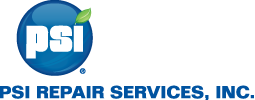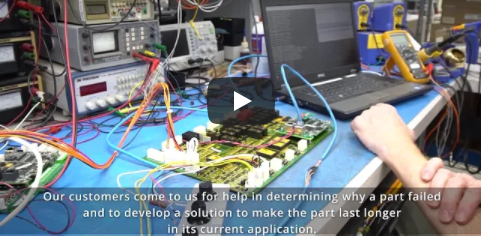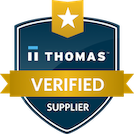It’s hard to overstate the importance of Wind Turbine performance on the future of the Wind Energy industry and, in many respects, the future of power generation and clean energy in the United States.
If the Department of Energy is right, wind farms will generate 20% of U.S. electricity by 2030 and 35% by 2050 (up from just 5% today). This shift would spell massive change around the world, starting with American shoreline views and extending to the stability of OPEC economies.
But there’s one key variable that will define whether the 35%-by-2015 scenario becomes reality or remains a pipedream. Everything hinges on Wind Turbine (WT) Reliability, a measurement of the availability, performance, and output of turbines.
Recent research puts WT O&M costs between $9.8 to $21 per megawatt-hour, with the average GE 1.5 MW turbine producing about 3,285,000 kWh (or 3,285 mWh) of wind power output annually. This is consistent with older research placing average O&M costs around $50,000 per year per turbine for on-shore WTs (O&M costs at least double on off-shore farms).
Downtime and unscheduled maintenance are such serious threats to the profitability and survival of the industry that GE is betting the farm on the development of predictive maintenance software that identifies “early warning signals [that a part] needs repair, before it breaks down.”
We’re excited to see GE’s Predix platform applied to WTs down the road. In the meantime, though, there are about 50,000 installed WTs in the US, and a huge number of them are vulnerable to the same design flaws (and environmental stressors) that trigger outages and protracted downtime.
We’ve been monitoring and servicing these flaws for the largest wind farms in the United States since 2009. From simple repairs to component remanufacturing and product upgrades, we provide the widest range of economical repair and engineering services for the wind energy industry.
We help O&M managers substantially reduce long-term costs by helping them diagnose, anticipate, and address the root cause of WT failures before high-cost unplanned or emergency field service is required. And in our experience, electrical failures are the most chronic and costliest problem affecting WTs in the long run. As you’ll read in this article, electrical systems cause at least 50% of total WT downtime, and if you include the Pitch and Yaw Systems (which both contain electrical parts) in this estimate, the figure rises to a staggering 80%.
Subsequently, longevity is an important factor to consider when choosing a repair company—there’s a reason why some repair providers have been operating and growing for several decades and others stagnate after a few years in business.
Of all the electrical parts we repair, five in particular stand out for the sheer frequency that we receive them. They are:
- GE H-Bridge/Hub Converter
- GE Line IGBT
- GE Rotor IGBT
- GE AEBI Card
- Vestas VRCC3
Editor’s note: hyperlinks will be added to each line above as the blogs are published
We bridge the gap when OEM warranties have expired on these parts and they begin to sputter or fail outright. Our repair actions include: removing and replacing stressed parts; improving legacy design with newer, more reliable technology; remanufacturing unsalvageable or obsolete components; and manufacturing custom-designed products. We use the latest diagnostic equipment to detect failures in these parts down to the microchip level.








